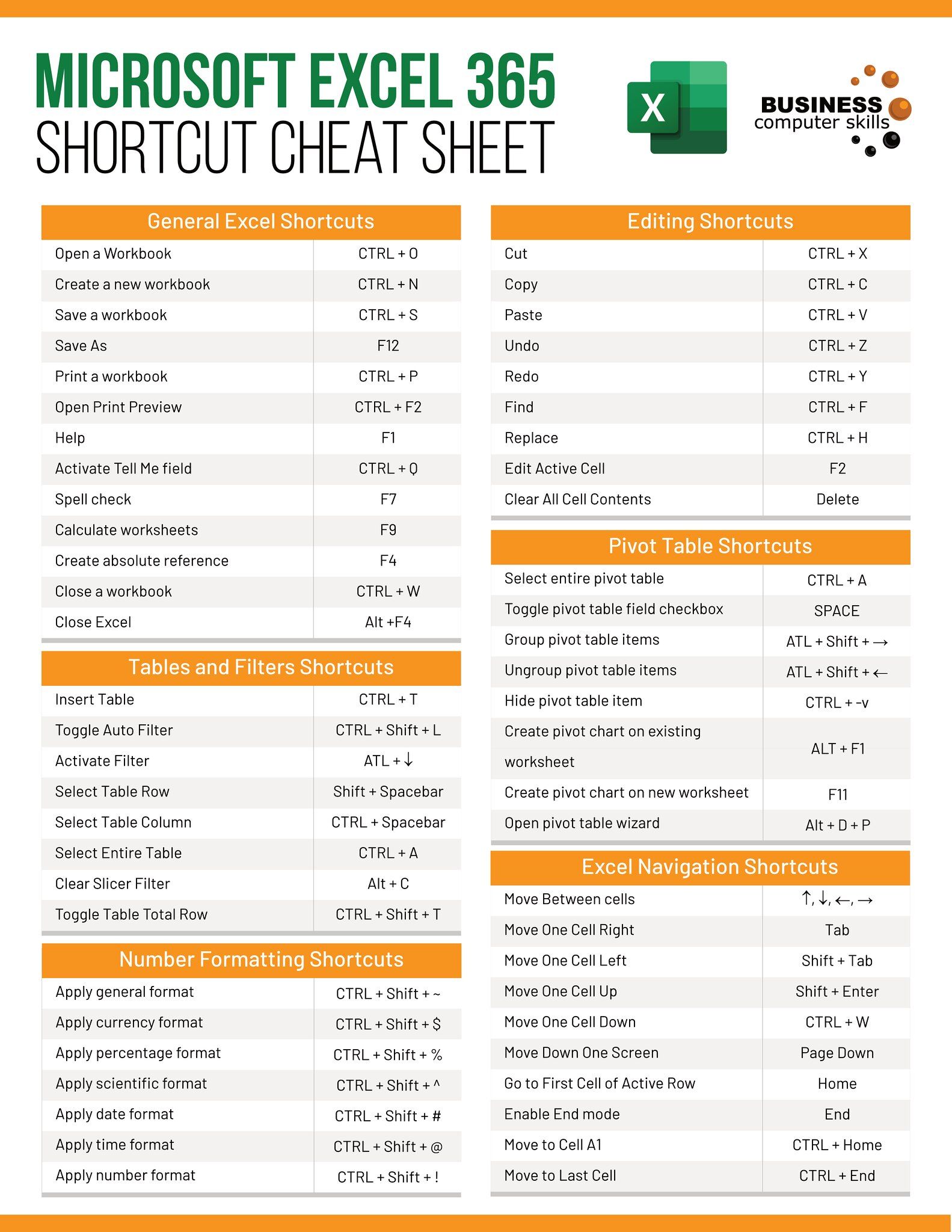5 Simple Ways to Embed PDF Files in Excel Sheets

In today's digital age, businesses and individuals alike often find themselves needing to combine data from various sources into a coherent, accessible format. Microsoft Excel, with its robust features and wide range of applications, is often at the forefront of this data integration. One such useful feature is the ability to embed PDF files directly into Excel sheets. This integration streamlines workflows, making it easier to access and manage related documents without the need to switch between different software applications. Here are five simple ways to embed PDF files into your Excel spreadsheets:
Method 1: Using Object Embedding

Object Embedding is a direct method provided by Excel to insert PDF files. Here’s how you can do it:
- Open your Excel workbook.
- Go to the Insert tab.
- Click on Object in the Text group.
- Choose Create from File, then Browse to select your PDF file.
- Check the Link to file option if you want the embedded file to update automatically when changes are made to the original PDF.
- Click OK to embed the file.
📝 Note: The embedded object will appear as an icon or thumbnail, which users can double-click to open the PDF.
Method 2: Inserting as Hyperlink

This method doesn’t actually embed the PDF but makes it easily accessible from within Excel:
- Open your Excel workbook.
- Right-click on the cell where you want to insert the PDF link.
- Choose Hyperlink or press
Ctrl+K. - Navigate to your PDF file or enter the web address if it’s online.
- Click OK.
Method 3: Using Power Query

Power Query in Excel allows you to import data from multiple sources, including PDFs, although this method has limitations for non-structured PDFs:
- In the Data tab, select Get Data > From File > From PDF.
- Select your PDF file.
- Choose the pages or tables you want to import.
- Click Load to bring the data into Excel.
📝 Note: This method works best for PDFs with tables. Text from unstructured PDFs might not import as expected.
Method 4: Via VBA

For those comfortable with coding, Visual Basic for Applications (VBA) offers a more customized approach:
- Open Excel, press
Alt+F11to open the VBA editor. - Insert a new module and paste the following code:
Sub EmbedPDF()
Dim pdfFilePath As String
Dim ws As Worksheet
Set ws = ActiveSheet
pdfFilePath = Application.GetOpenFilename(“PDF Files (*.pdf), *.pdf”, , “Select PDF File to Embed”)
If pdfFilePath <> False Then
With ws.OLEObjects.Add(Filename:=pdfFilePath, Link:=True, DisplayAsIcon:=True)
.Left = Range(“A1”).Left
.Top = Range(“A1”).Top
.IconIndex = 0
End With
End If
End Sub- Run the macro to embed the PDF file as an icon in your sheet.
Method 5: Using Adobe Acrobat

If you have Adobe Acrobat Pro DC, you can convert PDF files into spreadsheets or use Acrobat’s features to link PDF documents:
- Open your PDF in Adobe Acrobat.
- Export the PDF to Excel using Export PDF > Spreadsheet > Microsoft Excel Workbook.
- Alternatively, if you want to maintain the PDF’s original format:
- Open the PDF in Adobe Acrobat.
- Use the Link tool to select the area where you want the link.
- Create a link to the Excel sheet by specifying the file path.
📝 Note: This method requires Adobe Acrobat Pro DC or a similar PDF editor with advanced features.
Integrating PDF files into Excel sheets can significantly enhance productivity, allowing you to access and view documents without leaving your spreadsheet environment. Each method has its pros and cons, from simple linking to complex data extraction, offering flexibility depending on your specific needs. By mastering these techniques, you can streamline your document management and data handling processes, ensuring a more efficient workflow.
Can I edit the embedded PDF within Excel?

+
No, the embedded PDFs are usually viewable or openable only. Editing the PDF requires you to open it in an external application like Adobe Acrobat or a PDF editor.
What if I need to update the embedded PDF file?

+
If you’ve embedded the PDF using the “Link to file” option, the embedded object will automatically update when you save changes to the original PDF file. Otherwise, you’ll need to manually update or re-embed the file.
How can I ensure the PDF file size doesn’t affect Excel performance?

+
Embedding large PDFs can impact Excel’s performance. To mitigate this, link the PDF or use a hyperlink instead of embedding. If embedding is necessary, opt for smaller, more manageable PDF files or compress them beforehand.